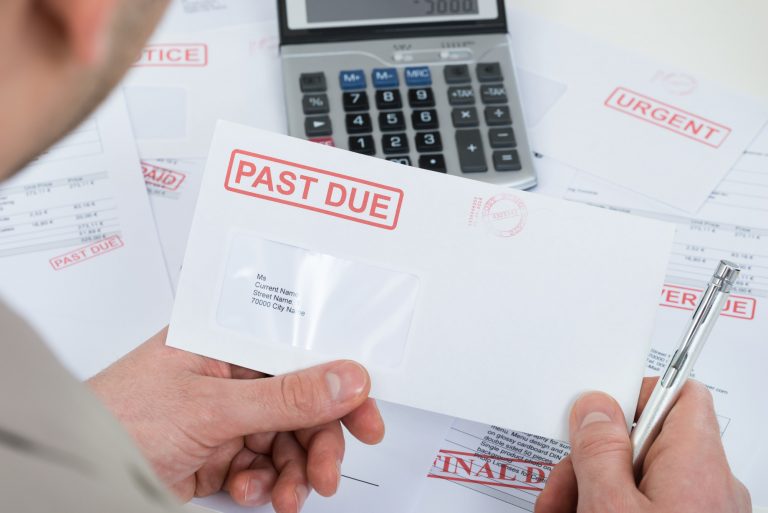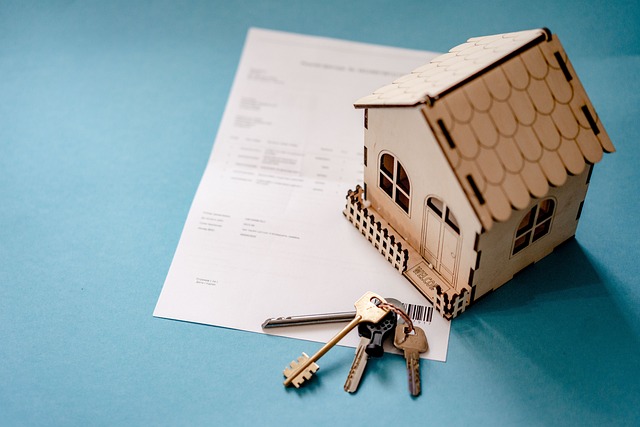Everything That You Need to Know About Lån (Loans)
 There are loans for just about anything now, and some of them are those that you do not even need a specific reason for. You can get loans for homes, cars, vacations, weddings, major appliances, and just because you want extra money in your pocket. If you are brand new to loans, this article will be able to help you a little.
There are loans for just about anything now, and some of them are those that you do not even need a specific reason for. You can get loans for homes, cars, vacations, weddings, major appliances, and just because you want extra money in your pocket. If you are brand new to loans, this article will be able to help you a little.
You can get loans from a variety of places online and on-site at a lender. You can also try sammenlignforbrukslån.net/ to see what they can do to help you. They have some ideas that you might not have thought of.
This article will give you some information about loans that can help especially if you have not applied for one before. It will give you the basics and if you still need to learn more, you can do more research. There is still lots of information that you can find online.
Terms
1. Principal
This is the amount of money that you will borrow. This is before you add all the other fees and the interest rate.
As you pay the loan, your principal will decrease but your other fees will stay the same. Unless you have a variable-rate loan, your interest will also stay the same. If you want to pay your borrowed money sooner, you can add money each month to pay off your principal.
2. Interest
Interest is what the lenders charge you for borrowing their money. It is expressed as a percentage of your loan. For example, you could have borrowed money with a principal amount of $1,000 and your interest rate could be 10%.
You would pay an extra 10% on your loan each month to pay the lender for using their money. You can learn more about interest rates here: https://www.bankrate.com/mortgages/mortgage-rates/. This site shows the interest rates at the current time.
3. APR
APR stands for the annual percentage rate and is the total cost of all the extra fees that go along with a loan. This could include origination fees, the interest rate, and other fees that may be expected. When you are shopping around for a loan, you want to check out the APRs of the different lenders.
This can give you a more accurate picture of how much the loan will cost you.
4. Term
This is the amount of time that you will pay your borrowed money back. Some personal loans will only have a term of six months, while a home mortgage will have terms of up to 30 years. Others will have different terms and you can sometimes choose how long you will pay.
The longer the term, the less monthly payment you will have. You will pay more in interest and therefore pay more for your borrowed cash the longer the term.
 5. Monthly Payment
5. Monthly Payment
This is the amount of money that you will pay each month to pay off your borrowed money. This payment will include the principal, the interest rate, and any other fees that you agreed to.
If you are buying a home, this payment can also include taxes and insurance for your home.
6. Unsecured Loan
This is a type that does not require any security or collateral from you. This is usually a personal loan that you would use to consolidate your debts or remodel your home.
There are other types that are unsecured like credit cards and student loans. These debt products are mostly offered by online lenders, credit unions, or even your local banks.
The interest rate is usually a little higher with an unsecured loan because it does not have any collateral.
7. Secured Loan
A secured loan is one in which you will need collateral, such as your home or vehicle. This is typically your home mortgage and your vehicle loan, but it can also be a personal loan if you have less than stellar credit.
If you have collateral, you could have lower interest rates if you have good credit.
How to Apply for a Loan
You will want to check your credit report, credit history, and credit score before you apply for a loan. If you have never had a loan before this report will be limited to information about paying off your bills each month.
This could include utilities, cable, rent, or medical bills among other things. See here to check your credit report. If you have borrowed money before, your loan payments will also be on the report. You could also have information on your credit report that shows where you were delinquent in paying your bills.
If this is true, you want to make sure that you get your bills taken care of so that they do not appear as delinquent. You can often call the creditor and make a payment plan to pay the bills. Some creditors will also offer you a discount, especially if you want to pay the bill off in full.
Every lender that you go to will pull your credit report and see what you have on there. They will use this information to see if they can give you a loan. If you have a good report and good history, you will be more likely to qualify. If you have nothing on your credit report, this could be an issue for the lender. This would happen if you were just starting out or if you have filed for bankruptcy in the last few years.
Once the lender has looked at your credit report, they will invite you to apply for the loan you are wanting. The application itself usually is not too difficult, it has basic questions about you, your home address, and your employment, and often they will ask for references. After filling out the application, you and the lender will go over the information that is on it.
The lender will also look at your debt-to-income ratio, or DTI, to see if you make enough money to pay for your necessary bills plus the added expense of a loan. If you have a decent job and few expenses, this could be good for you. You are more likely to qualify for the credit you desire and are more likely to get lower interest rates and other fees.
Once the lender has done all of this, they will see if you are qualified for the loan. If you are, you could have money in your account as soon as the same day. Some loans take longer to fund, but you will usually have your money in less than a week.
Minimize the Impact of Multiple Inquiries
If you are trying to apply for a loan and you go to several lenders, you will get multiple inquiries on your credit report.
This lowers your credit score for a little while so try not to apply at too many places.
Lenders will understand if you have multiple inquiries at about the same time because they know you have been shopping for a loan. These inquiries will drop off your credit report in about two years or less.
Conclusion
This is just a little information about loans, some of the key terms that you need to know, and how to apply for one.
It should help get you started in the right direction if you are aiming for credit or borrowed money right now. If you need more information, you can talk to a lender or do some more research on your own.





